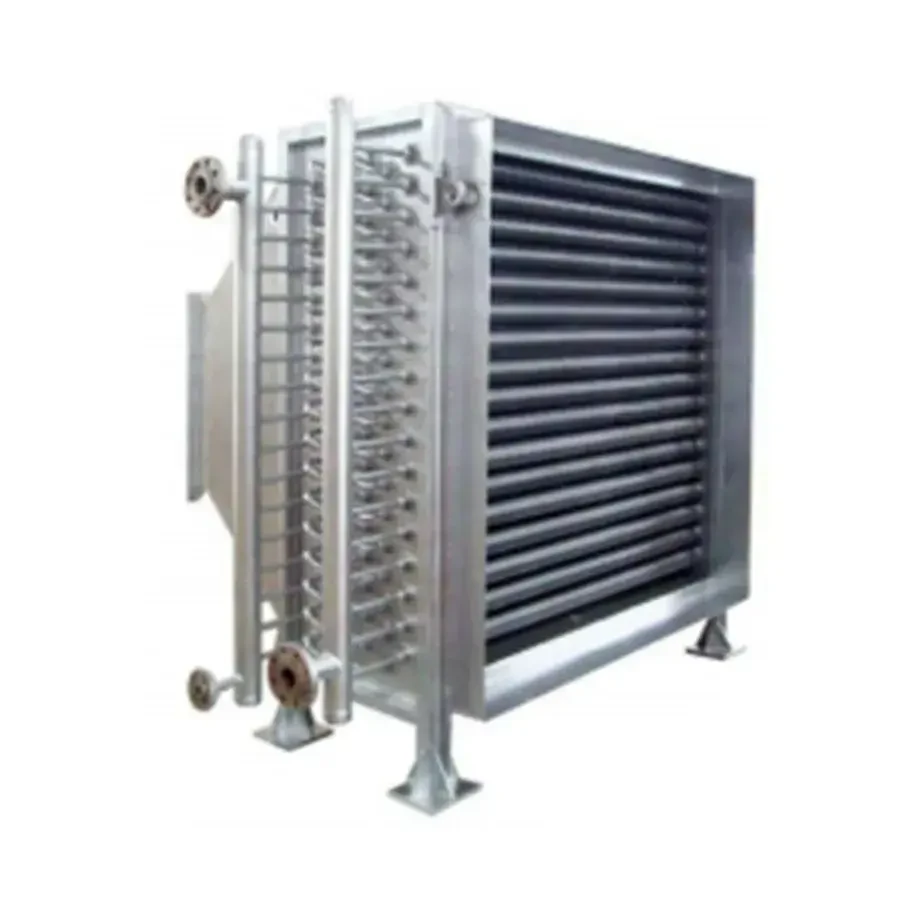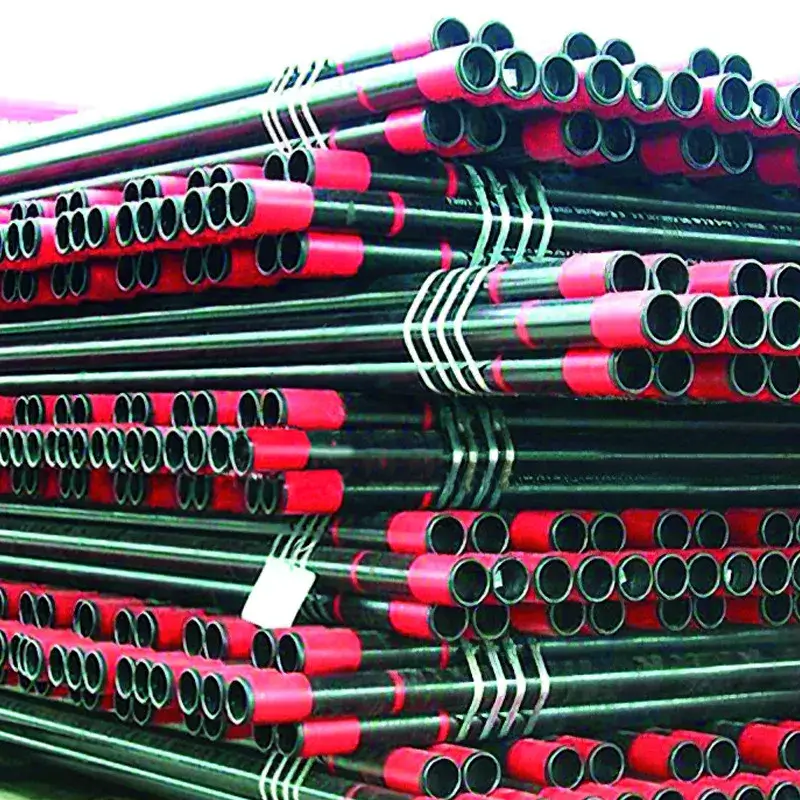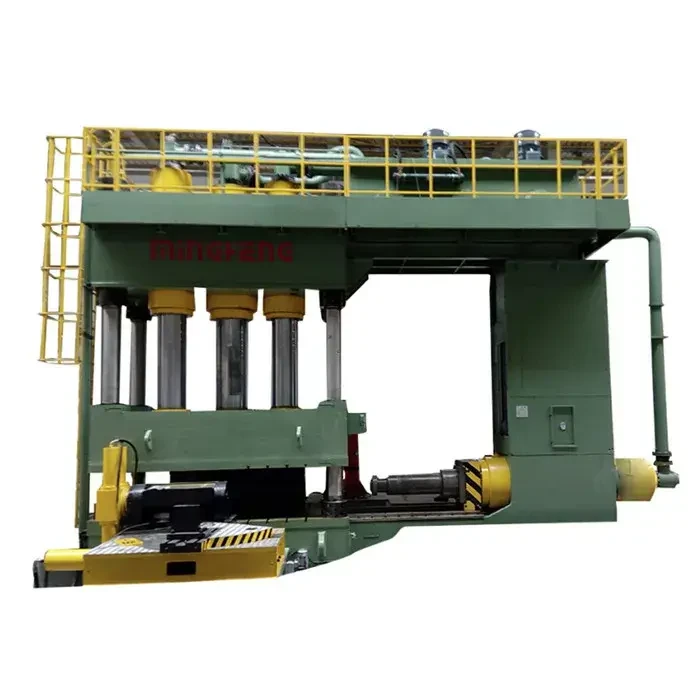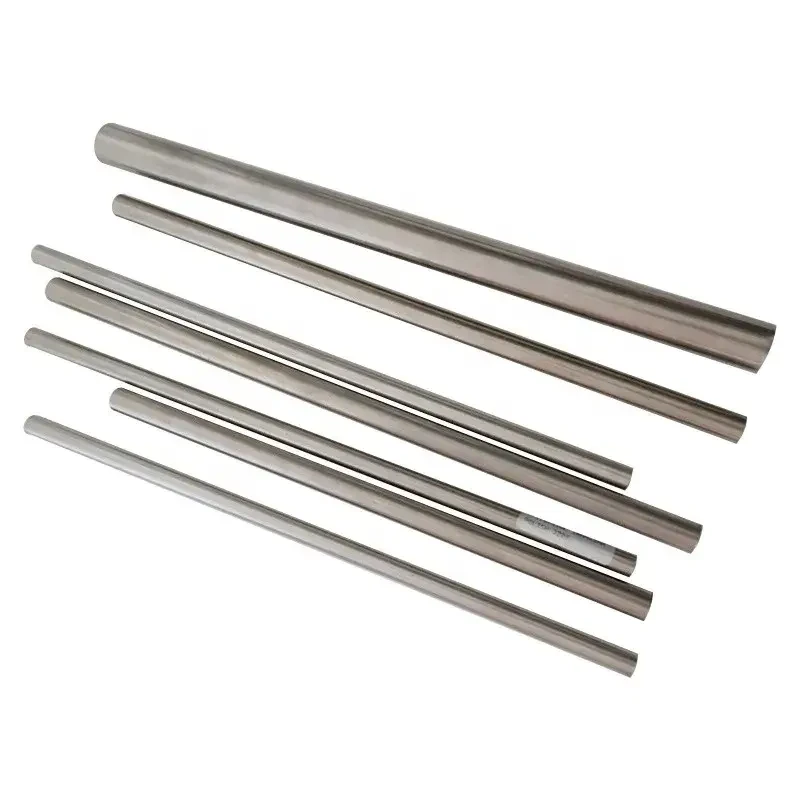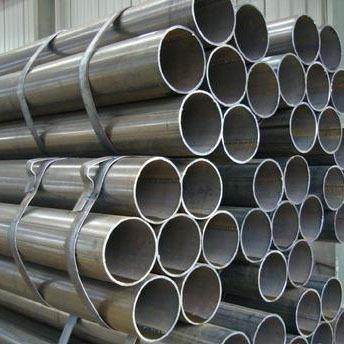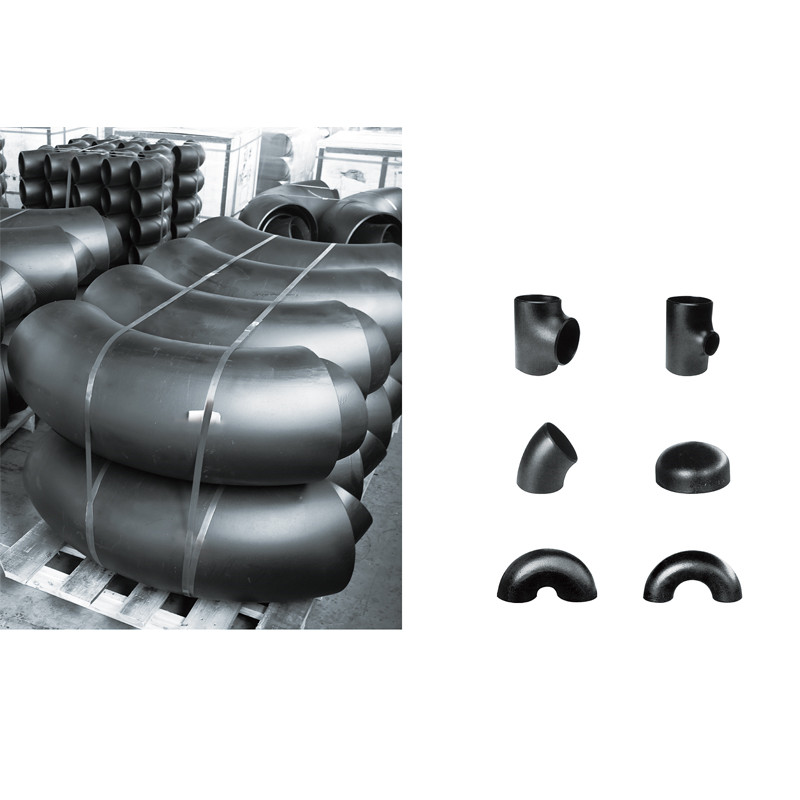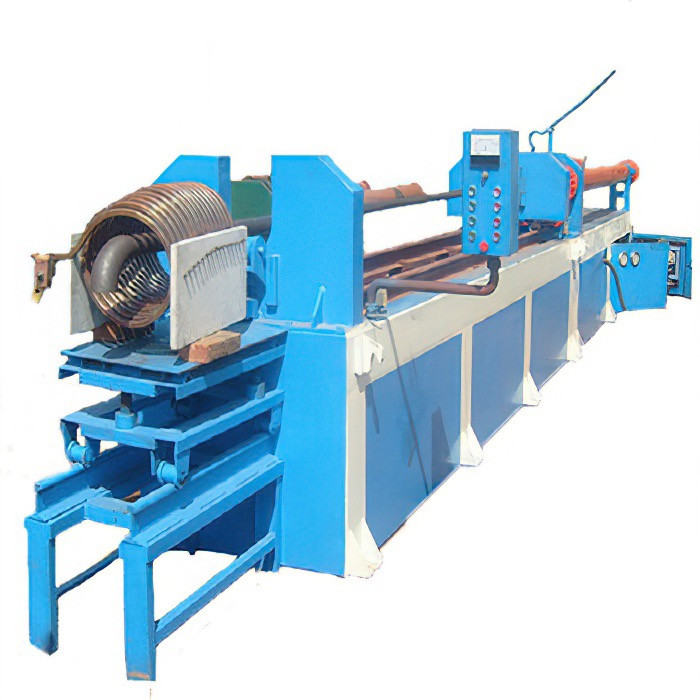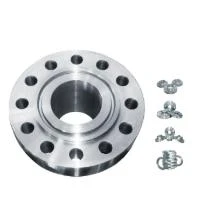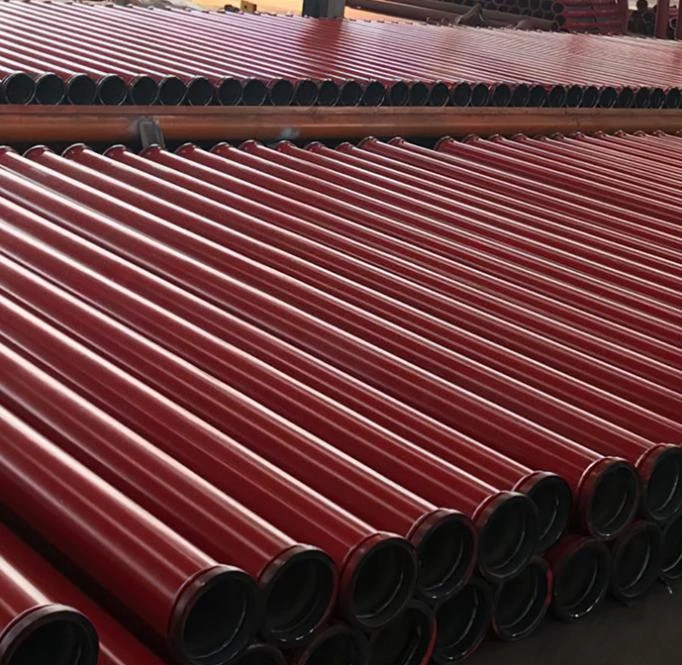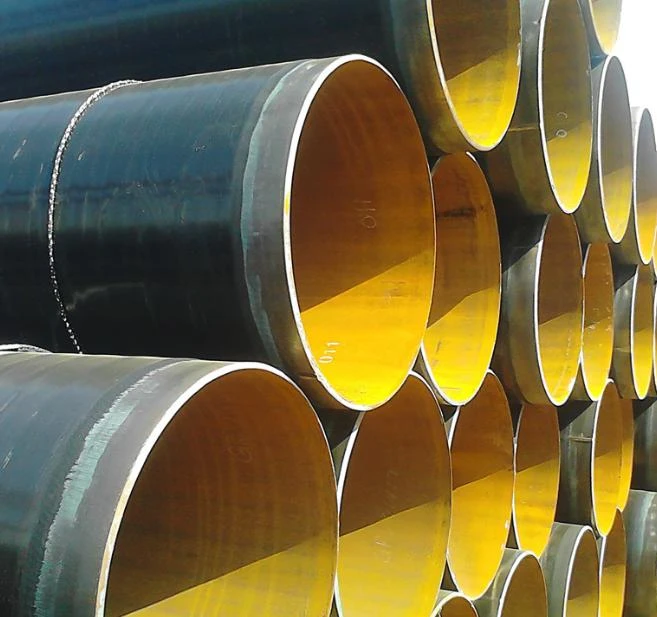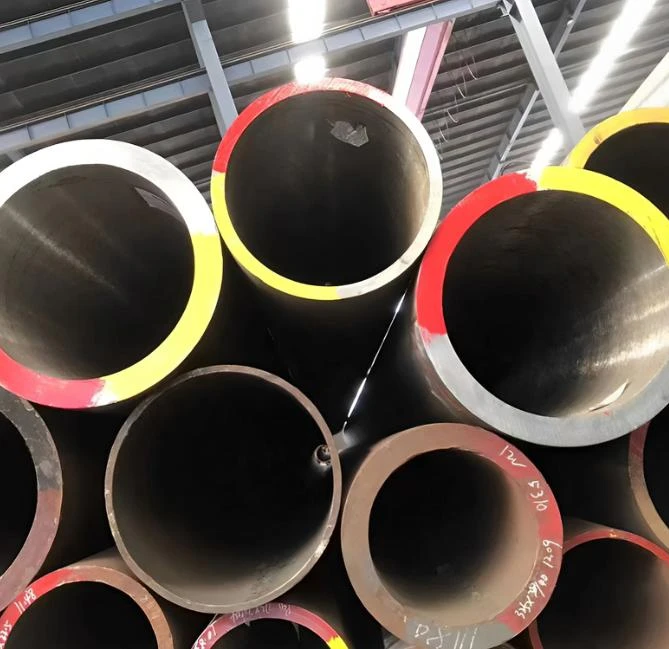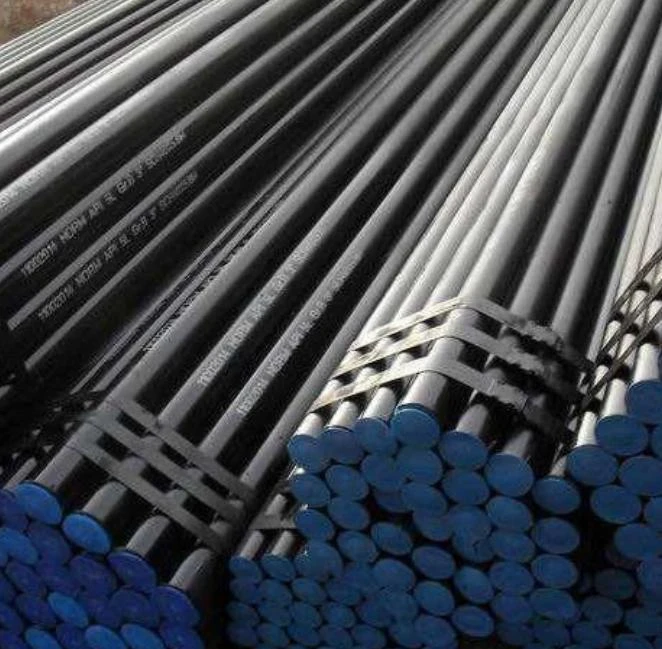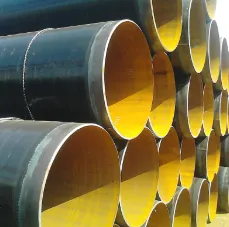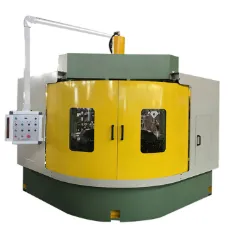In the vast and critical landscape of industrial piping systems, flanges serve as indispensable components, providing a secure and maintainable connection point for pipes, valves, pumps, and other equipment. Among these, **bl flange distributor** plays a pivotal role, specializing in the distribution of Blind Flanges (BL Flanges), alongside other essential types like Slip-On (SO) Flanges and Plate (PL) Flanges. These components are fundamental to the integrity and operational efficiency of systems across diverse sectors, from the energy industry to water management. This comprehensive guide will delve deep into the world of flanges, focusing on the expertise, experience, authority, and trustworthiness of leading **bl flange distributor**s, illustrating their critical contribution to global infrastructure.
Understanding Flanges: Types, Trends, and Technological Advancements
Flanges are mechanical devices used to connect two pipe sections or to connect a pipe to a valve, pump, or other equipment, allowing for easy assembly and disassembly. Their design and material selection are crucial for ensuring leak-proof connections under various pressure, temperature, and corrosive conditions.
Key Flange Types and Their Applications:
- Blind Flange (BL Flange): As the name suggests, a blind flange is used to close off the end of a piping system or a valve opening. It's a solid disk, without a bore, used to terminate a pipeline, isolate a section for maintenance, or provide a positive shut-off. This makes understanding flange blind types and their specific applications crucial for a **bl flange distributor**. They are essential for pressure testing of pipelines or vessels, ensuring system integrity before operation.
- Slip-On Flange (SO Flange): These flanges slide over the pipe and are then fillet welded both inside and outside. They are preferred for lower pressure applications and offer ease of alignment during installation, making them cost-effective for general piping.
- Plate Flange (PL Flange): Often referred to as flat flanges, these are simple flat discs with bolt holes and a central bore, typically used for low-pressure applications, general purpose connections, or as a cost-effective alternative where strength and leak-tightness requirements are less stringent.
- Weld Neck Flange (WN Flange): Characterized by a long tapered hub that can be butt-welded to a pipe, reducing stress concentration at the base of the flange. Ideal for high-pressure, high-temperature, and critical applications where fluid flow requires minimal turbulence.
- Socket Weld Flange (SW Flange): Similar to Slip-On, but with a counterbore to accept the pipe. The pipe is then fillet welded to the flange. Suitable for smaller pipe sizes (NPS 4 and below) and higher pressure than Slip-On, offering good strength.
- Threaded Flange (TH Flange): Also known as screwed flanges, they are threaded onto the pipe and typically used for low-pressure, non-cyclic applications where welding is undesirable or impractical, such as highly flammable areas.
- Lap Joint Flange (LJ Flange): Used with stub ends, these flanges allow for easy alignment of bolt holes as the flange can be rotated. Common in systems requiring frequent dismantling for inspection and cleaning, or where the pipe material itself is expensive, as only the stub end needs to be of the costly alloy.
Industry Trends and Technological Advancements
The flange industry is continually evolving, driven by demands for enhanced safety, efficiency, and sustainability. Key trends include:
- Advanced Materials: The increasing global push for harsher operating environments (e.g., deeper offshore oil & gas, geothermal energy) necessitates the use of corrosion-resistant alloys (CRAs) like Duplex and Super Duplex Stainless Steels, Nickel Alloys (Inconel, Hastelloy), and Titanium. These materials significantly extend product lifespan, reduce maintenance costs, and enhance safety in aggressive chemical or high-temperature scenarios.
- Smart Flanges & IoT Integration: Emerging technologies are seeing the integration of sensors into flange assemblies for real-time monitoring. These "smart flanges" can detect minute changes in pressure, temperature, vibration, or even early signs of leakage, enabling predictive maintenance, preventing catastrophic failures, and optimizing operational efficiency.
- Sustainable Manufacturing Practices: Manufacturers are increasingly adopting energy-efficient production processes, minimizing waste through optimized cutting and forging, and implementing material recycling programs. This aligns with global environmental regulations and corporate social responsibility initiatives, contributing to a greener supply chain.
- Additive Manufacturing (3D Printing): While still nascent for high-pressure, large-scale flanges, additive manufacturing offers potential for rapid prototyping, complex geometries, and on-demand production of specialized or custom flange components, reducing lead times for a responsive **bl flange distributor**.
- Digitalization and AI in Quality Control: The use of Artificial Intelligence (AI) and Machine Learning (ML) is optimizing design processes, improving precision in CNC machining, and enhancing quality control through automated inspection systems that can identify defects with greater accuracy and speed than traditional methods.
A reputable **bl flange distributor** stays abreast of these trends, ensuring their product offerings meet the highest standards of performance and innovation while addressing the evolving needs of their industrial clientele.
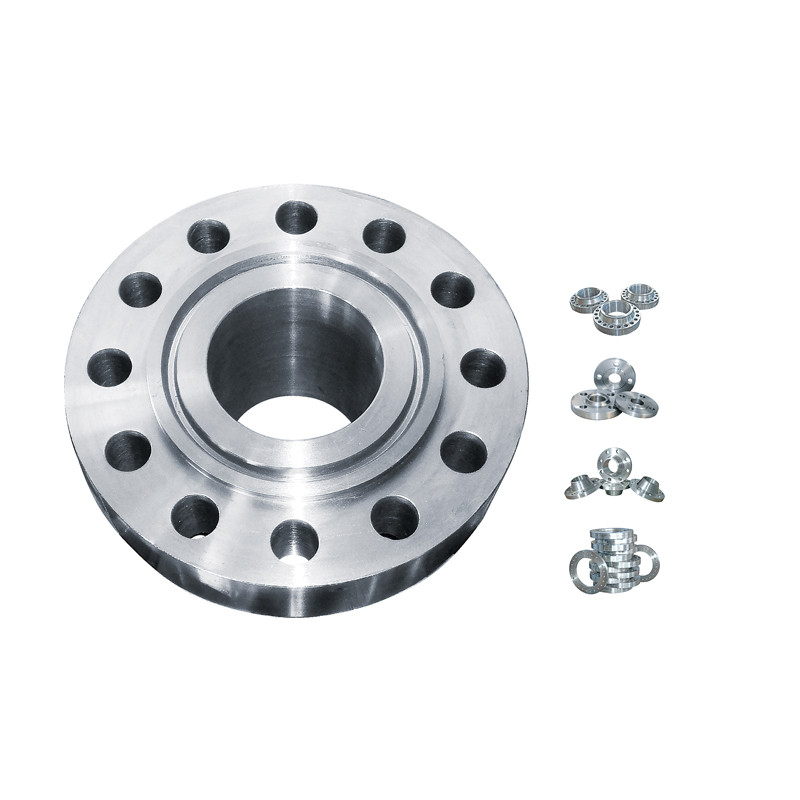
Technical Parameters and Specifications: The Backbone of Flange Performance
Understanding the technical parameters is critical for selecting the correct flange for any application. These precise specifications dictate the flange's ability to withstand various operational conditions, including pressure, temperature, and corrosive media, without compromising system integrity.
Key Parameters Defining Flange Specifications:
- Material Grades: The material choice is paramount, determining the flange's strength, corrosion resistance, and suitability for specific temperature ranges.
- Carbon Steel: ASTM A105 (forged), ASTM A350 LF2 (low-temperature service), Q235B (for general use). Cost-effective for non-corrosive, moderate temperature applications.
- Stainless Steel: ASTM A182 F304/304L (general purpose corrosion resistance), F316/316L (enhanced corrosion resistance, especially against chlorides), F321 (for high-temperature service with good intergranular corrosion resistance).
- Alloy Steel: ASTM A182 F5, F9, F11, F22 (for high-temperature, high-pressure service, often in power generation and petrochemical industries).
- Duplex/Super Duplex Stainless Steel: UNS S31803 (Duplex), S32750 (Super Duplex) for superior strength and corrosion resistance in highly aggressive environments (e.g., offshore, chemical processing).
- Pressure Ratings: Flanges are classified by their ability to withstand internal pressure at specific temperatures.
- ANSI/ASME Ratings: Expressed in "Class" (e.g., Class 150, 300, 600, 900, 1500, 2500). Higher class numbers indicate greater pressure capacity. These are prevalent in North America and parts of Asia.
- DIN/EN Ratings: Expressed in "PN" (e.g., PN6, PN10, PN16, PN25, PN40, up to PN400). PN stands for "Nominal Pressure" in bar. Common in Europe and many international markets. A proficient **din flange manufacturer** would prioritize adherence to these.
- Nominal Pipe Size (NPS) / DN: Indicates the approximate inside diameter of the pipe the flange is designed to connect. NPS is in inches (e.g., 1/2", 10", 60"), while DN (Diamètre Nominal) is in millimeters (e.g., DN15, DN250, DN1500).
- Facing Type: The design of the contact surface that meets the gasket and the opposing flange.
- Raised Face (RF): The most common type, where the gasket surface is raised above the bolting circle face. Concentrates the bolting force on a smaller area, increasing the joint's ability to contain pressure.
- Flat Face (FF): The gasket surface is in the same plane as the bolting circle face. Used with soft gaskets and typically for Class 150 (PN10/16) cast iron flanges, or when bolting to equipment with flat faces.
- Ring Type Joint (RTJ): Features a groove into which a metallic gasket ring is placed. Provides a highly effective seal for high-pressure and high-temperature services, often used in oil and gas applications.
- International Standards: Adherence to these standards ensures interchangeability, safety, and reliability across global projects.
- ANSI/ASME B16.5: Covers pipe flanges and flanged fittings from NPS 1/2 through NPS 24.
- ANSI/ASME B16.47: Covers large diameter steel flanges from NPS 26 through NPS 60 (Series A and B).
- DIN Standards: German industrial standards such as DIN 2573/2576 for Plate Flanges, DIN 2527 for blind flange types, and DIN 2633 for Weld Neck Flanges.
- EN 1092-1: European standard for steel flanges, harmonizing various national standards (including some DIN).
- JIS B2220: Japanese industrial standard for steel pipe flanges.
Product Specifications: Flanges (SO Flange, PL Flange, Blind Flange)
Our product range, available at World-SteelMaterial.com, encompasses a variety of flanges, meticulously manufactured to ensure suitability for diverse industrial applications. Here’s a summary of key specifications for our primary offerings:
| Parameter | Specification for SO Flange | Specification for PL Flange | Specification for Blind Flange |
|---|---|---|---|
| Material | Carbon Steel (ASTM A105, A350 LF2), Stainless Steel (A182 F304/304L, F316/316L), Alloy Steel (e.g., F11, F22) | Carbon Steel (ASTM A105, Q235B), Stainless Steel (A182 F304/304L, F316/316L) | Carbon Steel (ASTM A105, A350 LF2), Stainless Steel (A182 F304/304L, F316/316L), Alloy Steel (e.g., F11, F22) |
| Standards Compliance | ANSI B16.5, DIN 2573/2576, EN 1092-1 (Type 01/02), JIS B2220 | ANSI B16.5, DIN 2573/2576, EN 1092-1 (Type 01), JIS B2220 | ANSI B16.5, DIN 2527, EN 1092-1 (Type 05), JIS B2220 |
| Nominal Size (NPS/DN) | NPS 1/2" - 60" (DN15 - DN1500) | NPS 1/2" - 60" (DN15 - DN1500) | NPS 1/2" - 60" (DN15 - DN1500) |
| Pressure Rating | Class 150-2500 (PN6-PN400) | Class 150-300 (PN6-PN40) | Class 150-2500 (PN6-PN400) |
| Facing Type | Raised Face (RF), Flat Face (FF), Ring Type Joint (RTJ) | Flat Face (FF) | Raised Face (RF), Flat Face (FF), Ring Type Joint (RTJ) |
| Manufacturing Process | Forged (for higher ratings), Plate Cut (for lower ratings) | Plate Cut | Forged |
| Typical Applications | General piping, low to medium pressure systems, process lines, water treatment | Low pressure applications, non-critical systems, vent lines, tank connections | Pipeline termination, system isolation for maintenance/repair, hydrostatic pressure testing of vessels or pipelines |
| Surface Finish | Rust-proof oil, black paint, yellow paint, galvanizing (hot-dip/electro), epoxy coating | Rust-proof oil, black paint, yellow paint, galvanizing | Rust-proof oil, black paint, yellow paint, galvanizing (hot-dip/electro), epoxy coating |
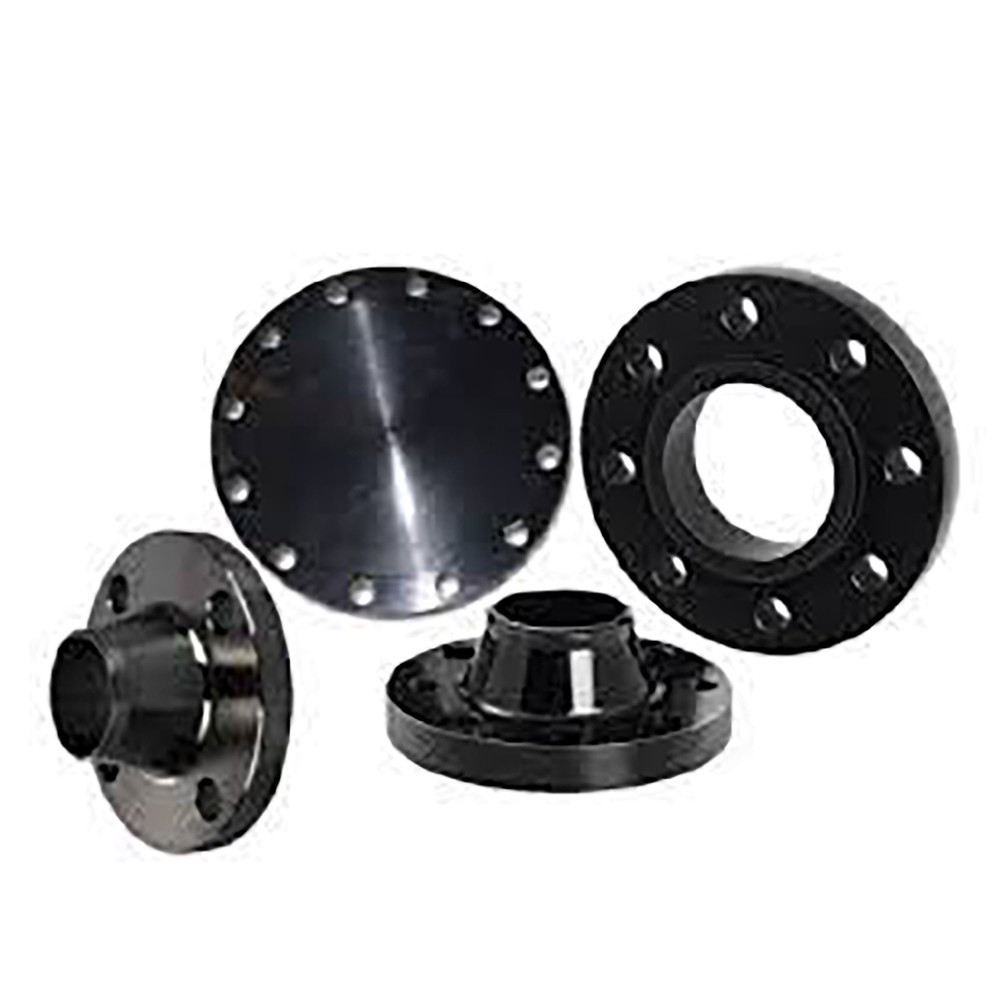
The Manufacturing Excellence of a Leading **BL Flange Distributor**
The quality and reliability of flanges depend heavily on the precision and integrity of their manufacturing process. As a leading **bl flange distributor**, we pride ourselves on a rigorous manufacturing workflow that ensures superior product performance, longevity, and compliance with the most demanding international standards.
Comprehensive Manufacturing Process for Forged Flanges (e.g., Blind Flanges, Weld Neck Flanges)
High-quality flanges, especially those designed for high-pressure or critical applications like blind flange types and Weld Neck Flanges, are typically manufactured through a meticulous forging process, followed by precision machining and stringent quality control. Here’s a detailed breakdown of our robust production methodology:
1. Material Selection & Cutting
The journey begins with the meticulous selection of premium raw materials. We source high-grade steel billets or bars, typically ASTM A105 for carbon steel, ASTM A350 LF2 for low-temperature carbon steel, or various grades of ASTM A182 for stainless and alloy steels (e.g., F304/304L, F316/316L, F22). Each batch undergoes rigorous chemical composition verification to ensure it meets specified standards. The selected material is then precisely cut into appropriate sizes and weights using advanced sawing or shearing equipment, preparing them for the intense heat and pressure of the forging process.
2. Heating & Forging
The cut material pieces are heated uniformly in state-of-the-art induction or gas-fired furnaces to their optimal forging temperature (e.g., 900-1200°C for carbon steel). This heating makes the metal ductile and amenable to shaping. Once at the desired temperature, the material is transferred to powerful forging presses. Here, it undergoes either open-die forging (where the metal is shaped between flat dies) or closed-die forging (where the metal completely fills the die cavity). Forging refines the grain structure of the metal, eliminating internal voids and improving its mechanical properties such as strength, toughness, and fatigue resistance significantly – critical characteristics for a reliable **bl flange distributor** product designed for demanding industrial use.
(Diagrammatic Representation: Raw Material Stock -> Precise Cutting -> Controlled Heating Furnace -> High-Pressure Forging Press -> Rough Forged Flange Shape)
3. Heat Treatment
After forging, the flanges undergo various heat treatment processes, which are crucial for optimizing their mechanical properties and relieving internal stresses induced during forging. Common treatments include:
- Normalizing: Heating the flange to a high temperature and then air-cooling it to refine the grain structure, improve ductility, and make it more uniform.
- Quenching & Tempering: Involves rapid cooling (quenching) from a high temperature to achieve high hardness, followed by controlled reheating (tempering) to a lower temperature to reduce brittleness and achieve desired strength and toughness.
- Stress Relieving: A sub-critical heat treatment to reduce residual stresses.
4. Machining (CNC Processing)
The rough forged flange then proceeds to the machining stage, where it is transformed into its precise final dimensions. We utilize advanced Computer Numerical Control (CNC) machines, which offer unparalleled precision and repeatability. This involves:
- Turning: Shaping the outer diameter, inner bore, and flange face to exact specifications.
- Drilling: Creating precise bolt holes according to required pitch circle diameter and bolt size.
- Facing: Machining the sealing surface (e.g., Raised Face, Flat Face, RTJ groove) to achieve the specified surface finish, crucial for a leak-proof gasket seal.
5. Surface Treatment & Coating
To protect the flanges from corrosion and enhance their lifespan, they undergo various surface treatments. Depending on the client's specifications and the intended operating environment, this can include:
- Rust-Proof Oil Application: A basic protective layer for transit and short-term storage.
- Black Painting: A common, durable coating for general industrial applications.
- Yellow Paint: Often used for identification or specific project requirements.
- Galvanizing: Hot-dip galvanizing (immersion in molten zinc) or electro-galvanizing for superior corrosion resistance, especially in outdoor or mildly corrosive environments.
- Epoxy Coating: Provides excellent chemical and abrasion resistance for aggressive media.
6. Rigorous Quality Inspection & Testing
Quality control is not merely a step but an overarching philosophy throughout our manufacturing process. Each flange undergoes multiple, stringent inspection stages to ensure it meets both industry standards and customer-specific requirements.
- Dimensional Inspection: Verification of all critical dimensions (OD, ID, thickness, bolt circle, bolt hole diameter) using calibrated instruments such as digital calipers, micrometers, and specialized gauges.
- Material Chemical Analysis: Spectrometer testing (e.g., PMI - Positive Material Identification) on finished products to confirm the chemical composition against specified material standards, preventing material mix-ups.
- Mechanical Properties Testing: Destructive tests on test samples from the same heat number or batch, including:
- Tensile Strength: Measures the material's resistance to breaking under tension.
- Yield Strength: Determines the point at which the material begins to deform permanently.
- Elongation & Reduction of Area: Indicate the material's ductility.
- Hardness Test (e.g., Brinell, Rockwell): Measures the material's resistance to indentation.
- Impact Test (Charpy V-notch): Performed at low temperatures to assess toughness and resistance to brittle fracture.
- Non-Destructive Testing (NDT): Applied to detect internal and surface flaws without damaging the product:
- Ultrasonic Testing (UT): To detect internal discontinuities or flaws.
- Magnetic Particle Testing (MT): For surface and near-surface cracks in ferromagnetic materials.
- Liquid/Dye Penetrant Testing (PT): To reveal surface-breaking defects on non-porous materials.
- Radiographic Testing (RT): For detecting internal defects in critical applications, often used for weld necks.
- Hydrostatic Testing (System Level): While flanges themselves aren't hydrostatically tested in isolation like pipes, blind flange types are crucial for enabling hydrostatic pressure testing of entire pipeline sections or vessels, proving the integrity of the overall system.
7. Marking & Packaging
Before shipment, each flange is permanently marked with essential information using stamping or low-stress vibro-etching. This includes the manufacturer's logo, material grade (e.g., A105), size (e.g., 6" 300#), pressure class, heat number (for full traceability), and relevant standard (e.g., B16.5). This meticulous marking ensures complete traceability throughout the product's lifecycle. Finally, the flanges are carefully packaged to prevent damage during transit, utilizing robust wooden crates, pallets, plastic wraps, and sometimes specialized protective coatings or desiccants for international shipping. This comprehensive packaging strategy ensures that products from our **bl flange distributor** network arrive at their destination in pristine condition, ready for installation.
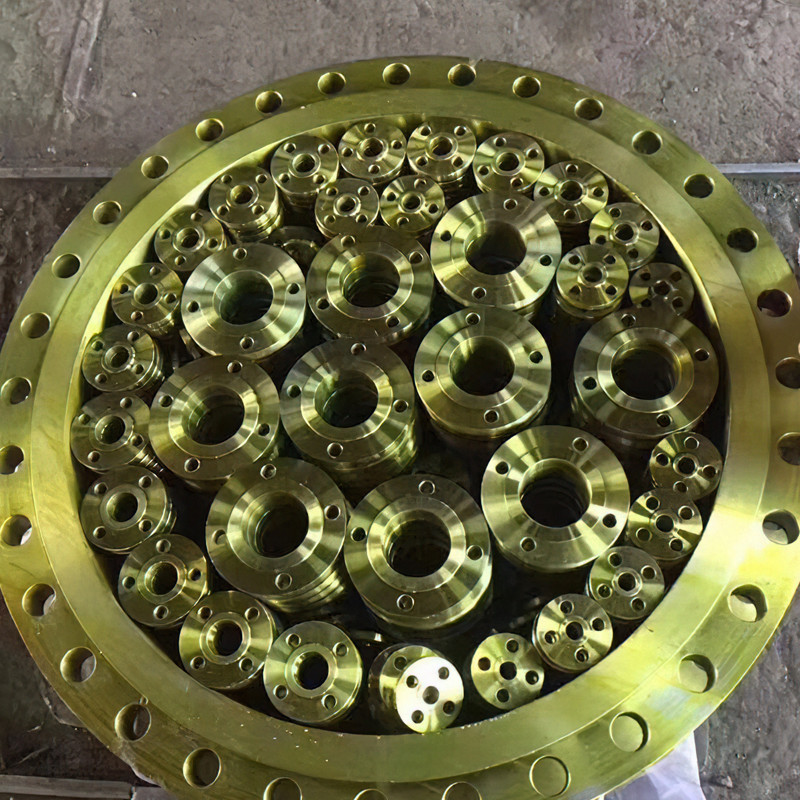
Application Scenarios and Industry Advantages
Flanges, particularly the robust and versatile varieties distributed by a specialized **bl flange distributor**, are indispensable components across a myriad of heavy industries due to their critical role in ensuring secure and maintainable connections. Their widespread use underscores their versatility and reliability in diverse operating conditions.
Typical Application Scenarios Across Major Industries:
- Oil & Gas Industry (Upstream, Midstream, Downstream): Flanges are the backbone of oil and gas infrastructure, from wellheads and offshore platforms to extensive pipeline networks and refineries. They connect various sections of pipelines, valves, pumps, compressors, and heat exchangers. Blind flange types are absolutely vital for isolating sections for maintenance, conducting hydrostatic pressure tests to ensure leak-tightness before commissioning, and for providing a positive shut-off for future expansions or temporary terminations. High-pressure Weld Neck and Blind Flanges in alloy and stainless steels are commonly used here.
- Petrochemical & Chemical Processing Plants: These facilities handle a wide range of corrosive and high-temperature chemicals. Flanges are used extensively in reactor vessels, distillation columns, storage tanks, and various piping systems. The ability to easily disconnect sections for cleaning, inspection, or repair is a major advantage offered by flanged connections. Specialized materials like Duplex or Hastelloy flanges are often required here for enhanced corrosion resistance.
- Power Generation (Thermal, Nuclear, Renewable): In power plants, flanges connect steam lines, boiler components, turbine systems, cooling water circuits, and auxiliary piping. High-pressure, high-temperature applications often demand robust Weld Neck and Blind Flanges, crafted from specialized alloy steels to withstand extreme conditions and thermal cycling. Our products support both conventional and next-generation power solutions.
- Water Treatment & Supply Systems: Municipal waterworks, wastewater treatment plants, and large-scale desalination facilities rely on flanges for connecting large diameter pipes, pumps, filters, and purification units. Plate and Slip-On flanges are frequently used due to their ease of installation and suitability for moderate pressures, while galvanized or epoxy-coated flanges offer corrosion protection against aqueous environments.
- Metallurgy & Mining: In smelting operations, foundries, and mining sites, robust connections are needed for conveying slurries, high-temperature gases, and abrasive materials. Flanges are used in furnace connections, material transport systems, and processing equipment where durability and resistance to harsh operating conditions are paramount.
- Shipbuilding & Marine Applications: Ships contain extensive piping systems for fuel, ballast, cooling water, and cargo. Flanges, especially those made from corrosion-resistant materials, are integral to these systems, ensuring reliability in the demanding marine environment. The ease of maintenance afforded by flanged connections is a key benefit in ship repair.
- Pulp & Paper Industry: This sector involves processing various pulps and chemicals, often under abrasive or corrosive conditions. Flanges are used throughout the plant in processing lines, chemical recovery systems, and wastewater management.
Distinct Advantages of Our Flanges in Application:
- Exceptional Durability & Extended Service Life: Manufactured from premium, often forged, materials like ASTM A105 carbon steel or A182 F316L stainless steel, our flanges are engineered for maximum strength and resilience. This translates into an extended service life, often exceeding 20 years under proper operating conditions, significantly reducing the frequency and cost of replacements, and minimizing system downtime.
- Superior Corrosion and Erosion Resistance: For critical and harsh applications, our range includes flanges in stainless steel, duplex, and alloy steels. These materials offer excellent resistance to corrosive media, high temperatures, and abrasive flows, ensuring the long-term integrity of your piping system and preventing costly leaks and environmental contamination.
- Enhanced Energy Efficiency & Leak Prevention: Precision CNC machining ensures that our flanges meet exact dimensional tolerances and surface finish requirements. This meticulous manufacturing results in a perfect fit and seal when combined with appropriate gaskets, minimizing the risk of leaks that could lead to energy loss (e.g., steam or gas), environmental hazards, and safety concerns. A leak-free system contributes directly to operational efficiency and compliance.
- Optimized Cost-Effectiveness Through Longevity: While the initial investment in high-quality flanges from a reliable **bl flange distributor** might be a strategic decision, their unparalleled longevity, reduced need for maintenance, and superior performance translate into substantial long-term savings. Less downtime, fewer repairs, and avoidance of environmental penalties contribute to a lower total cost of ownership.
- Guaranteed Compliance & Uncompromising Safety: Our unwavering adherence to the most rigorous international standards (ASME, ANSI, DIN, EN, JIS, API) means our flanges are globally recognized for their safety, performance, and interchangeability. This compliance ensures smooth integration into international projects, facilitates regulatory approvals, and provides an inherent layer of safety assurance for your personnel and operations.
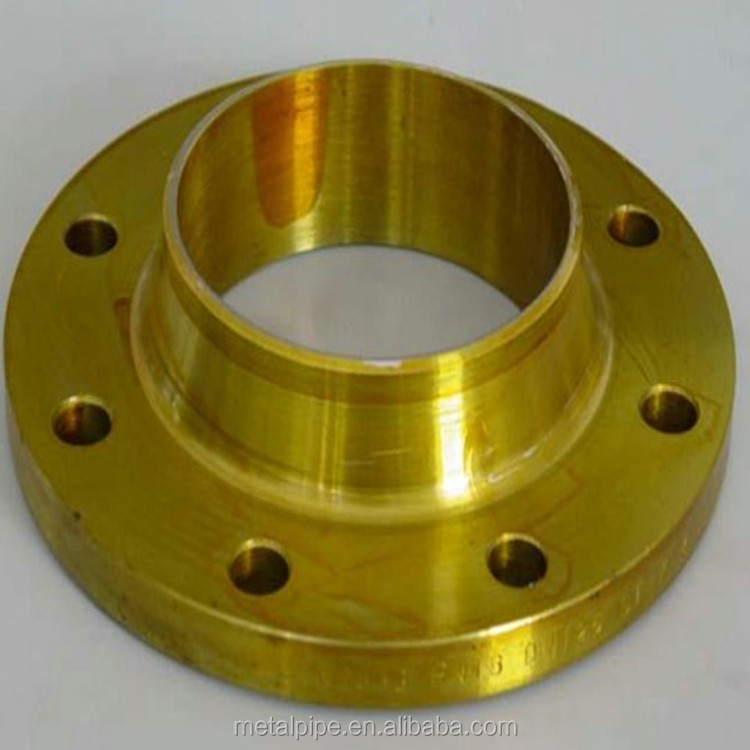
Manufacturer Comparison and Customization Solutions
Selecting the right **bl flange distributor** is a strategic decision that impacts the safety, efficiency, and longevity of your industrial systems. In a competitive market, it's crucial to assess a distributor's core competencies, their quality assurance protocols, and their ability to provide tailored solutions. At World-SteelMaterial, we distinguish ourselves through a steadfast commitment to the Google EEAT principles: Expertise, Experience, Authoritativeness, and Trustworthiness.
Why Choose World-SteelMaterial as Your Premier **BL Flange Distributor**?
With over 15 years of dedicated experience in the steel material industry, World-SteelMaterial has cultivated a reputation as a beacon of reliability, technical prowess, and customer-centric service. Our commitment to excellence is deeply embedded in every facet of our operations, underpinned by the following pillars:
1. Unrivaled Industry Expertise (E)
Our foundation is built upon a profound understanding of metallurgy, advanced forging techniques, precision machining, and comprehensive knowledge of international piping and pressure vessel standards. Our team comprises highly qualified engineers, metallurgists, and technical specialists who possess an intricate understanding of various flange blind types, blind flange types, and the nuances between din flange types and ANSI standards. We are not just suppliers; we are technical consultants, guiding you through complex material selections, pressure-temperature ratings, and application-specific challenges to ensure optimal performance and compliance. Our insights extend to the intricate supply chain and manufacturing capabilities of a top-tier **din flange manufacturer**, ensuring you receive products that meet the highest global benchmarks.
2. Extensive Proven Experience (E)
Our track record speaks for itself. We have successfully supplied critical flange components to thousands of diverse projects globally, ranging from large-scale, multi-billion dollar industrial complexes in the energy sector to vital municipal infrastructure upgrades. Our expansive project portfolio includes direct engagements with leading Engineering, Procurement, and Construction (EPC) contractors, as well as major end-users in the most demanding industries like oil & gas, power generation, chemical processing, and water infrastructure. This extensive hands-on experience translates into practical, real-world solutions, proactive problem-solving capabilities, and the ability to anticipate and mitigate potential challenges before they arise.
3. Unquestionable Authoritativeness (A)
World-SteelMaterial's commitment to quality and ethical business practices is validated by our numerous industry certifications. We are proudly ISO 9001 certified, demonstrating our adherence to rigorous international quality management systems. Our products consistently comply with, and often exceed, the stringent requirements of global standards such as ASME (B16.5, B16.47), ANSI, DIN, EN (e.g., EN 1092-1), and JIS. We hold various regional and product-specific certifications, making us a preferred and trusted partner to numerous Fortune 500 companies and leading industrial enterprises worldwide. Our active participation in industry forums and our track record of consistent, high-quality delivery underscore our authoritative standing in the global steel materials market.
4. Transparent Trustworthiness (T)
Building and maintaining client trust is paramount to our philosophy. We uphold absolute transparency in all our dealings, providing comprehensive documentation including full traceability for every product. This includes Material Test Certificates (MTCs) validated to EN 10204 3.1 or 3.2, ensuring that the chemical and mechanical properties of the supplied materials are independently verified. We offer clear, competitive pricing with no hidden costs. Our dedicated customer support team provides exceptional pre-sales consultation, real-time order tracking, and prompt post-sales assistance. We stand firmly behind the quality and performance of our products with a robust warranty and clear communication channels, fostering long-term, mutually beneficial partnerships built on integrity and reliability.
Comprehensive Customization Solutions
We understand that standardized solutions may not always perfectly align with every unique project requirement, especially for complex or legacy systems. As a truly versatile **bl flange distributor**, we offer extensive customization capabilities to meet your precise specifications:
- Special Material Grades: Beyond our standard inventory of carbon and stainless steels, we specialize in sourcing and fabricating flanges from exotic alloys such as Inconel, Monel, Hastelloy, Titanium, and specialized Duplex/Super Duplex Stainless Steels. These materials are crucial for extreme corrosive environments, ultra-high temperatures, or specific chemical compatibilities.
- Non-Standard Sizes & Pressure Ratings: We have the engineering and manufacturing flexibility to produce flanges with dimensions, bore sizes, or pressure classes that are not covered by conventional specifications. This includes oversized flanges for unique large-bore applications or flanges designed to specific legacy system requirements, ensuring seamless integration.
- Specific Surface Finishes & Coatings: Customization extends to surface preparation. We can provide flanges with specific surface roughness (e.g., standard serrated, smooth finish, concentric serrated) tailored for particular gasket types. Additionally, we offer specialized coatings such as PTFE (Teflon) lining for enhanced chemical resistance, enamel lining, or bespoke multi-layer painting systems for ultimate environmental protection.
- Unique Drilling Patterns & Machining: If your project requires non-standard bolt hole configurations, specific hub dimensions, or unique machining features to match existing equipment or specialized design needs, our CNC capabilities allow for precise fabrication according to your drawings.
- Integrated Supply Chain Solutions: We can serve as your single-source solution provider, supplying not just flanges but also complementary piping components such as pipes, fittings (elbows, reducers, tees), valves, and gaskets. This integrated approach simplifies your procurement process, reduces logistical complexities, and ensures absolute compatibility across all supplied components.
Real-World Application Cases: Delivering Value Where It Matters
Our role as a leading **bl flange distributor** extends far beyond mere product supply; we are dedicated problem-solvers and strategic partners in the successful execution of critical infrastructure projects worldwide. The following real-world case studies exemplify our commitment to delivering superior products and unparalleled service, demonstrating our impact in diverse and demanding industrial environments:
Case Study 1: Major Oil & Gas Pipeline Network Expansion (Middle East)
Challenge: A prominent energy consortium in the Middle East embarked on an ambitious expansion of their cross-country oil and gas pipeline network. This project demanded thousands of high-pressure flanges, including a significant quantity of blind flange types and Weld Neck Flanges, designed for extreme pressure tolerance (ranging from Class 900 to Class 1500) and exceptional corrosion resistance in a highly saline and arid desert environment. Critical to the project's success was adherence to a stringent delivery schedule to avoid costly delays.
Solution: Leveraging our extensive manufacturing capabilities and deep understanding of stringent oil & gas specifications, World-SteelMaterial supplied a comprehensive range of ASME B16.5 and B16.47 standard flanges. These included various **blind flange types** (such as Class 1500 BL flanges in ASTM A105N and A350 LF2) and Weld Neck flanges, predominantly in high-grade ASTM A182 F316L stainless steel and F22 alloy steel, selected for their proven performance in such harsh conditions. Our rigorous multi-stage quality control process, featuring 100% Ultrasonic Testing (UT) for internal soundness and Positive Material Identification (PMI) to confirm material integrity, ensured that every single flange met the most demanding project specifications. Furthermore, our efficient global logistics network, honed over years as a highly responsive **bl flange distributor**, facilitated precise, on-time delivery even to remote construction sites, preventing bottlenecks.
Outcome: The pipeline expansion project was completed ahead of schedule, enabling the consortium to initiate operations sooner than anticipated. The supplied flanges have consistently performed flawlessly under the most challenging operational conditions for over 7 years, demonstrating their exceptional durability and validating our meticulous material selection and manufacturing quality. The client explicitly recognized our role in ensuring the integrity and timely completion of a cornerstone national energy project.
Case Study 2: Critical Seawater Desalination Plant Upgrade (Southeast Asia)
Challenge: An existing seawater desalination plant in Southeast Asia urgently required an upgrade to its large-diameter piping infrastructure to enhance capacity and improve operational efficiency. The primary challenge was sourcing din flange types that were not only cost-effective but also possessed superior resistance to the highly corrosive effects of concentrated seawater and bio-fouling, all while minimizing disruption to continuous plant operations.
Solution: World-SteelMaterial stepped in to provide a tailored solution. We custom-fabricated a substantial quantity of DIN EN 1092-1 Type 01 Plate Flanges and Type 05 Blind Flanges, specifically engineered for potable water and aggressive marine environments. These were produced from high-grade galvanized carbon steel (S235JR) and select batches of Duplex Stainless Steel (UNS S31803) for critical sections, offering optimal corrosion protection. To facilitate rapid on-site installation and minimize downtime, we provided pre-assembled bolt sets and clearly labeled each flange by system and location. Our extensive expertise as a specialized **din flange manufacturer** and distributor ensured strict compliance with European water quality directives and local environmental regulations, which were critical for the project's approval.
Outcome: The upgrade significantly boosted the plant's operational capacity and dramatically reduced maintenance requirements related to flange integrity. The client commended our technical precision in providing the exact din flange types required and our proactive approach to logistical coordination, which enabled a seamless transition with minimal interruption to the water supply for the surrounding communities.
Case Study 3: Emergency Offshore Platform Repair (North Sea)
Challenge: An unforeseen and rapid onset of localized corrosion necessitated emergency replacement of several high-pressure flanges, including specific blind flange types, on a critical offshore oil and gas production platform in the North Sea. The paramount concern was to acquire the required components with extreme urgency to minimize platform downtime, which incurs significant financial losses (millions of dollars per day).
Solution: As a premier **bl flange distributor** renowned for our rapid response capabilities and extensive ready-stock inventory, World-SteelMaterial immediately mobilized our emergency supply chain. We swiftly identified the exact required ANSI B16.5 Class 1500 Blind Flanges and Weld Neck Flanges in Duplex Stainless Steel (UNS S31803) from our strategically located global warehouses. Recognizing the critical nature of the situation, we arranged for expedited air freight using priority cargo services. Within an astounding 48 hours of confirmed order, the flanges were on the offshore supply vessel heading to the platform. Our dedicated technical support team also provided real-time assistance for any on-site installation queries, ensuring a smooth and efficient replacement process.
Outcome: The swift and decisive action taken by World-SteelMaterial led to a dramatic reduction in platform downtime, saving the client substantial operational losses and allowing production to resume rapidly. This case highlights not only our extensive product availability and logistical prowess but also our unwavering commitment to client success, even in the most high-stakes and time-sensitive situations. It underscores our reputation as a trusted and agile **bl flange distributor** prepared for any contingency.
Frequently Asked Questions (FAQ) about Flanges from a **BL Flange Distributor**
A1: A blind flange, or BL flange, is a solid disk without a bore, primarily used to completely close off the end of a piping system, valve opening, or pressure vessel opening. It serves to terminate a pipeline, isolate a section of a system for maintenance, repair, or inspection, or to provide a positive shut-off for future expansions. It is also crucial for conducting hydrostatic pressure tests on pipelines or vessels, where it seals off the system to allow pressure buildup. Understanding specific blind flange types and their pressure ratings is essential for safe and effective isolation.
A2: The primary differences between ANSI/ASME (American National Standards Institute/American Society of Mechanical Engineers) and DIN/EN (Deutsches Institut für Normung/European Norm) flange standards lie in their dimensional specifications, pressure ratings, and some design philosophies. ANSI/ASME flanges (e.g., B16.5, B16.47) typically use imperial measurements and "Class" ratings (e.g., Class 150, 300, 600) for pressure. DIN/EN flanges (e.g., EN 1092-1, former DIN standards like DIN 2527 for blind flanges) use metric measurements and "PN" (Nominal Pressure, in bar) ratings (e.g., PN10, PN16, PN40). While some pressure classes might loosely correspond (e.g., Class 150 roughly to PN20), they are not directly interchangeable. A reputable **din flange manufacturer** adheres strictly to the metric and PN specifications.
A3: Our commitment to quality is upheld through a multi-faceted approach: rigorous incoming raw material inspection (including chemical analysis), strict adherence to international manufacturing standards (e.g., controlled forging processes, precision CNC machining), and comprehensive in-process and final quality checks (including dimensional accuracy, surface finish, and mechanical properties). Each flange is permanently marked with a unique heat number, allowing for full traceability back to the original material mill and manufacturing batch. We provide Material Test Certificates (MTCs) to EN 10204 3.1 or 3.2 upon request, guaranteeing the material's properties and origin. Our ISO 9001 certification underscores our robust quality management system.
A4: For highly corrosive or extreme high-temperature environments, specialized materials are essential. Stainless steels like ASTM A182 F316/316L (for general corrosion, chlorides), Duplex Stainless Steels (e.g., UNS S31803) and Super Duplex Stainless Steels (e.g., UNS S32750) offer superior strength and resistance to pitting and stress corrosion cracking. For even more aggressive conditions or very high temperatures, Nickel Alloys (e.g., Inconel, Monel, Hastelloy) or Titanium are recommended. The best material choice always depends on the specific corrosive media, operating temperature, pressure, and flow conditions. Our technical team at World-SteelMaterial can provide expert material selection guidance for your specific application.
A5: Delivery lead times for custom or large-volume flange orders vary based on several factors: the complexity of the design, the availability of specialized raw materials, the current production load, and the total order quantity. For standard custom orders involving common materials, the lead time typically ranges from 4 to 8 weeks. However, for highly specialized alloys or exceptionally large projects, it could extend to 10-14 weeks. We provide transparent, project-specific delivery schedules at the time of quotation and offer regular updates throughout the manufacturing process. Our efficient global supply chain, a hallmark of a leading **bl flange distributor**, is designed to minimize lead times and meet urgent requirements where feasible.
A6: Yes, all flanges supplied by World-SteelMaterial come with a comprehensive warranty. This warranty typically covers manufacturing defects, material flaws, and instances where the product does not conform to the agreed-upon specifications or international standards under normal operating conditions. The specific terms, duration, and conditions of the warranty are detailed in our sales agreement and purchase order documentation. Our commitment to providing high-quality, reliable products means we stand behind our offerings, ensuring long-term performance and fostering customer satisfaction. This dedication reinforces our position as a highly trustworthy **bl flange distributor**.
A7: Absolutely. We regularly facilitate and welcome third-party inspections (TPI) from reputable international agencies such as SGS, Bureau Veritas, TUV Rheinland, Lloyd's Register, or client-nominated inspection bodies. Arranging TPI is a standard part of our service offerings for clients who require an independent verification of product quality, compliance with specifications, and adherence to international standards. This additional layer of scrutiny further enhances confidence in our products and demonstrates our unwavering commitment to transparency and quality assurance.
Explore Our Flange Products and Solutions Today!
Authoritative References and Industry Insights
To further underscore the technical depth, accuracy, and reliability of the information presented in this guide, we encourage readers to consult leading industry standards, authoritative publications, and academic resources. The principles and practices discussed regarding flanges are universally accepted and form the bedrock of safe, efficient, and reliable industrial operations across the globe. Staying abreast of these standards is fundamental for any truly expert **bl flange distributor**.
- ASME Boiler and Pressure Vessel Code (BPVC) - Section VIII, Division 1: This monumental code provides the definitive rules for the design, fabrication, inspection, testing, and certification of pressure vessels, including all associated components like flanges. It is an indispensable reference for engineers, manufacturers, and any responsible **bl flange distributor** in the pressure equipment industry.
- Pipe Flange and Flanged Fittings Standards: For detailed dimensional specifications, pressure-temperature ratings, and testing requirements for various flange types, direct consultation of the following standards is highly recommended:
- ASME B16.5: Pipe Flanges and Flanged Fittings NPS 1/2 Through NPS 24. This standard is crucial for typical industrial applications in the ANSI system.
- ASME B16.47: Large Diameter Steel Flanges NPS 26 Through NPS 60. Essential for larger pipelines and equipment, covering both Series A (MSS SP-44) and Series B (API 605/ASME B16.47) flanges.
- European Standards (EN 1092-1): For applications and markets adhering to European specifications, the EN 1092-1: Flanges and their joints - Circular flanges for pipes, valves, fittings and accessories, PN designated - Part 1: Steel flanges. This comprehensive standard specifies requirements for circular steel flanges, including dimensions, tolerances, materials, and marking, and is critical for any global **bl flange distributor** serving European markets.
- NACE International Standards: For material selection and manufacturing considerations in corrosive services, NACE standards, such as NACE MR0175/ISO 15156 (Petroleum and natural gas industries -- Materials for use in H2S-containing environments in oil and gas production), are invaluable for preventing sulfide stress cracking and ensuring material compatibility in sour service applications.
These authoritative resources, coupled with continuous research and development, ensure that leading **bl flange distributor**s like World-SteelMaterial remain at the forefront of providing reliable, high-performance solutions for the world's most demanding industrial applications, contributing significantly to global safety and infrastructure development.
Post time: أغسطس . 07, 2025 06:40


